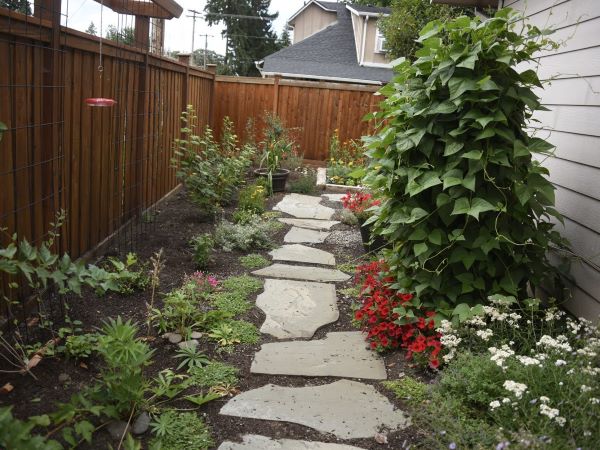Our Habitat Haven volunteers have begun site visits and been enthusiastically received. At the start…
 It’s summer and I delight in the antics of fledgling birds. They land on our feeders, but despite the proximity and abundance of food, they beg from their parents, mouths open and wings fluttering. Soon they will be ready for autumn activities, which for many birds involve a migratory journey. Let’s do what we can to keep birds safe along their passage.
It’s summer and I delight in the antics of fledgling birds. They land on our feeders, but despite the proximity and abundance of food, they beg from their parents, mouths open and wings fluttering. Soon they will be ready for autumn activities, which for many birds involve a migratory journey. Let’s do what we can to keep birds safe along their passage.
The buildings where we live and work create hazards for birds, mainly due to glass and lighting. Birds, whether residential or migratory, don’t see glass as a solid object. They strike the glass when attracted by reflections of vegetation or when trying to fly through to something on the other side. A 2014 study estimated close to a billion bird deaths from window strikes every year. Many birds, even those who are usually active during the day, migrate at night. Artificial lighting can disorient birds or draw them into areas where they are in danger of collisions with obstacles.
Community Information Request
Lane County Audubon comments on proposed building projects (for example, the new Knight Campus at the UO and the proposed Eugene City Hall) to request that designers incorporate bird-friendly features. Several helpful products include windows with UV designs that are more visible to birds. Fritted glass and overhangs may help alleviate the hazards. And many cities have instituted “Lights Out” programs to reduce lighting at night during the migratory seasons.
As a community, we can help to identify problematic buildings so that we can provide information to owners and residents. Finding birds after window strikes is unlikely. In most cases, scavengers will have removed the carcasses by dawn. However, careful monitoring programs in several localities have provided important data. We would like to try to identify local areas for monitoring. If you are out early in the day and notice a dead bird, please report the location to dschlenoff@msn.com. Please let us know the location: building address and, if possible, whether the bird was found on the north, south, east, or west side of the building. If you can, although not necessary, identify the species of bird or take a picture. Generally, we encourage people to enjoy watching live birds but, in this case, reporting the location of dead birds is one way that you can contribute.
What We Can Do Where We Work or Live
Bird migration periods are in the fall: mid-August through early November; and in spring: early April through late May. Here are some tips for protecting birds.
- Reduce the use of outdoor lighting except for security reasons. Consider motion-activated lights so they are turned on only when needed.
- Shield outdoor lights and direct them downward. If you have LED exterior lamps, use a warm light LED (under 3,000 Kelvins).
- Close curtains, shades, and blinds when the lights are on inside the house.
- Bird feeders are generally best placed far away from (>30 feet) or close to (<3 feet) windows.
- Slatted blinds that can be partially open during the day will let in light while breaking up the expanse of the window.
- Try not to have uncovered windows visible on both sides of your dwelling, as birds may think they can fly through. Close at least one of the window coverings or a door between them.
- Move large house plants away from the windows so the birds don’t try to fly through the glass to land on them.
- Use screens, window film, or taut netting to cover windows. Apply window decals in a very dense manner: no more than four inches vertically and two inches horizontally apart.
- You can hang strings or utility cord in front of windows, four inches apart, knotted and hung through holes in a piece of one- by two-inch cedar. Overhangs and awnings can help. Check out some of these products at abcbirds.org/get-involved/bird-smart-glass/



